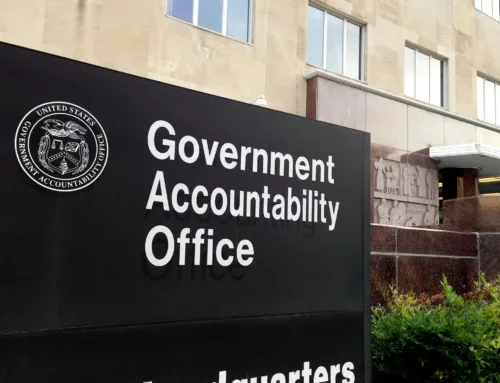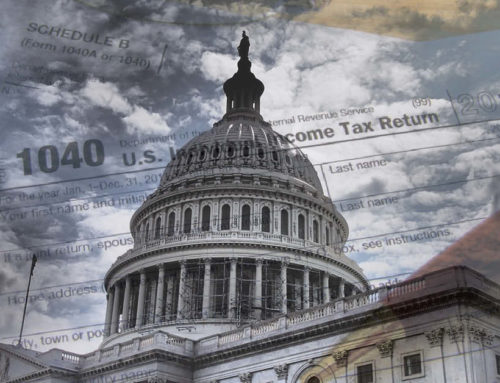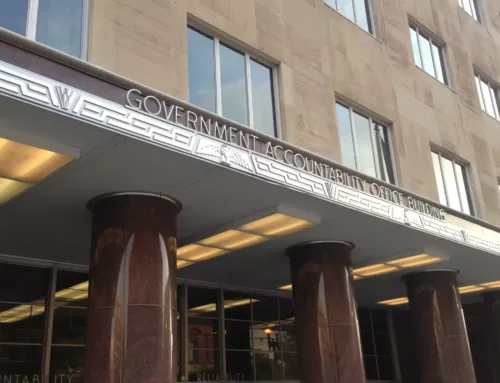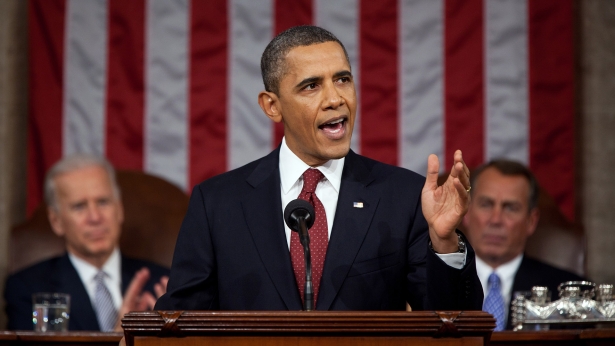 The president delivers his final State of the Union this evening. I expect we will hear a lot about those accomplishments that he feels most proud of, from increasing the number and percentage of people with health insurance to jobs growth and ending the official military presence in Afghanistan. I expect him to highlight the priorities he sees as unfinished, like reducing gun violence and taking action to address climate change. Besides a statement that the state of the union is “strong,” this is what we all have come to expect as presidents take their last turn at that particular podium.
The president delivers his final State of the Union this evening. I expect we will hear a lot about those accomplishments that he feels most proud of, from increasing the number and percentage of people with health insurance to jobs growth and ending the official military presence in Afghanistan. I expect him to highlight the priorities he sees as unfinished, like reducing gun violence and taking action to address climate change. Besides a statement that the state of the union is “strong,” this is what we all have come to expect as presidents take their last turn at that particular podium.
What I want, but don't necessarily expect to hear, is a challenge to the country and to Congress to move beyond the now non-stop pontificating about how to bring the country's fiscal house in order. For the duration of this presidency, and several years before, policy makers have been publicly searching for ways to reduce our national debt, shrink the deficit, and make the difficult decisions of prioritizing what we must do for a healthy country. Yet when it comes to actually making those tough decisions, by investing only in what we can afford to do and stopping what we can no longer afford, both the president and Congress have failed.
Yes, the deficit is smaller now than when President Barack Obama took office, and he can be proud of that. And yes, Obama can point to successfully avoiding default on our national debt, and to several short- and medium-term budget deals that have been passed by Congress. But at every turn, these budget deals have fallen short of all the stated goals of improving our long-term fiscal condition.
Remember the Super Committee? It failed to find even a single dollar of deficit reduction. And then the fiscal cliff deal? That allegedly money-saving deal actually increased the deficit because of the attachment of a tax extenders bill. And most recently the taxibus, which, once again, in the service of coming together to make good budget decisions, ended up being a 3,607 page behemoth that made permanent many temporary tax breaks without offsetting revenue.
You'd think with that many pages, Congress and the administration would have the room to actually deal with some of the problems facing the nation. Instead, they spent the cash and then punted.
Time and time again, Washington has failed to put the federal budget on truly sound footing because the focus of Congress has repeatedly been on cutting discretionary spending, rather than tackling the difficult challenges of bringing in new revenues and reforming existing entitlement programs. As a result, the deals resort to accounting gimmicks, fake pay-fors and spending cuts scheduled for five or even 10 years down the road.
This is where the president should push Congress.
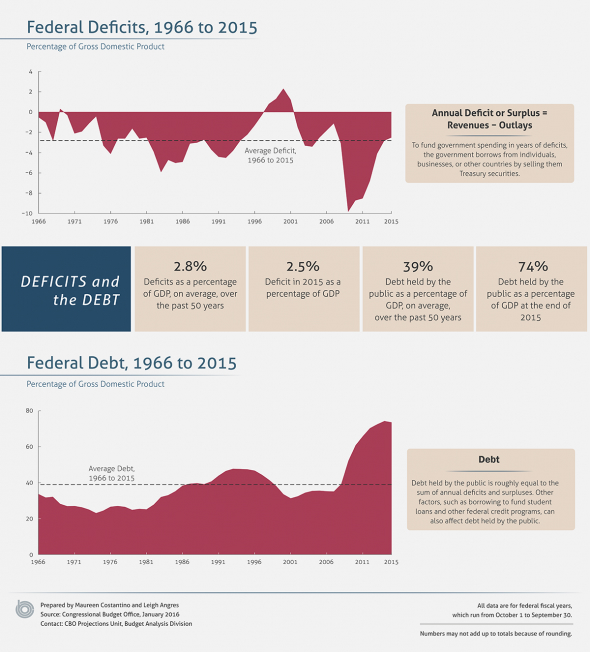 If Congress wants to exercise its power of the purse, which it should, then it needs to start making decisions, saying no, and pushing back from the table. My organization has repeatedly identified programs that can be cut. Doing so will certainly upset folks currently benefiting from these programs, but we have to start somewhere.
If Congress wants to exercise its power of the purse, which it should, then it needs to start making decisions, saying no, and pushing back from the table. My organization has repeatedly identified programs that can be cut. Doing so will certainly upset folks currently benefiting from these programs, but we have to start somewhere.
We also need comprehensive tax reform. Not “reform” that protects every tax break for every favored constituency (treating certain race horses as three-year property, anyone?), but tax reform that creates a more predictable environment for businesses and individuals alike by reducing carve outs and complexity while lowering rates.
We need predictability in federal spending, too. The seemingly annual sky-is-falling routine around the myth of sequestration and game of chicken with the debt ceiling need to end.
But we also can't simply cut our way out of our fiscal dire straits, not if Washington is unwilling to cut funding for the programs that make up the $3.8 trillion federal budget. We need to talk revenue.
Taxpayers cannot afford the government we have at the price we currently pay. And as interests rates rise, which they will, just paying the interest on our debt is going to get more and more expensive – from $218 billion this year to more than $750 billion in 2025. This president – and the next – cannot solve this problem alone. We need leadership from both parties and in both chambers of Congress.




